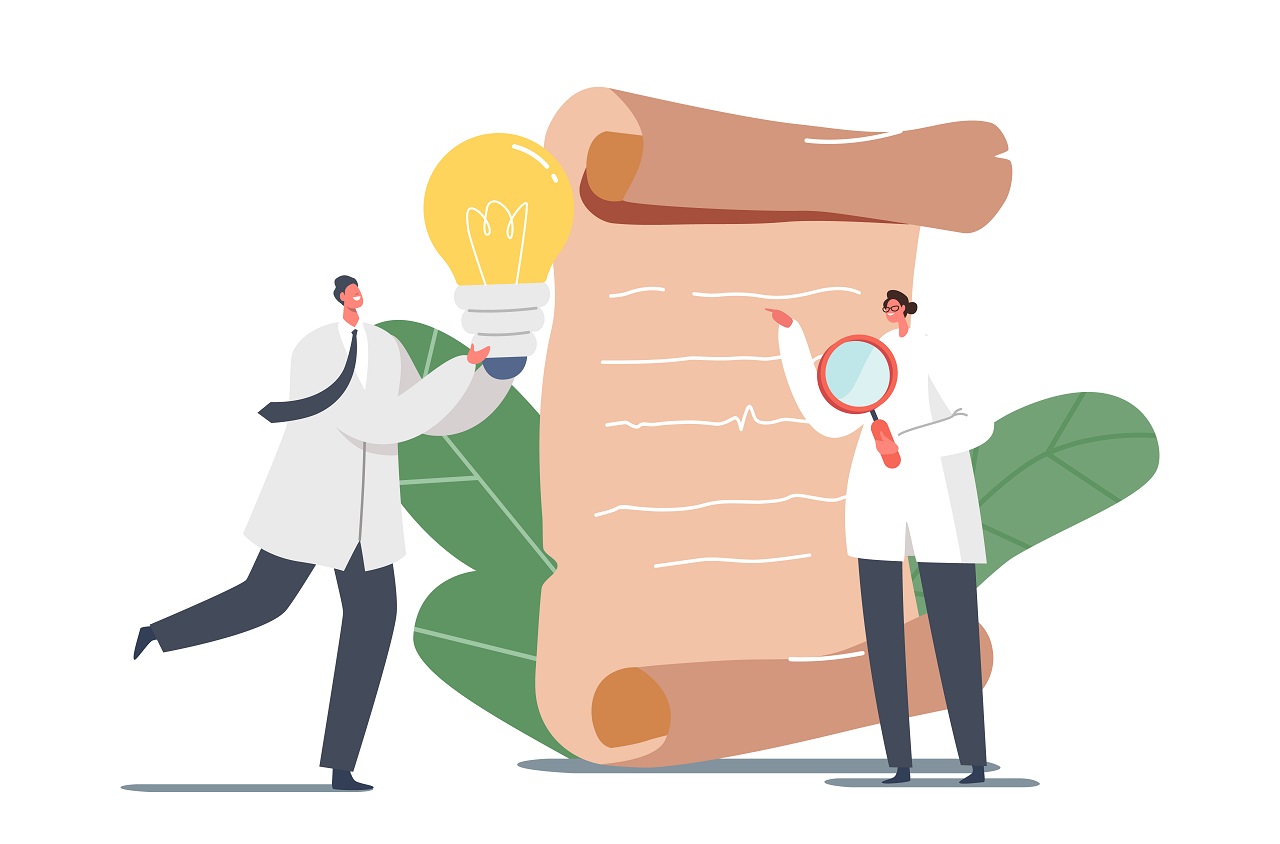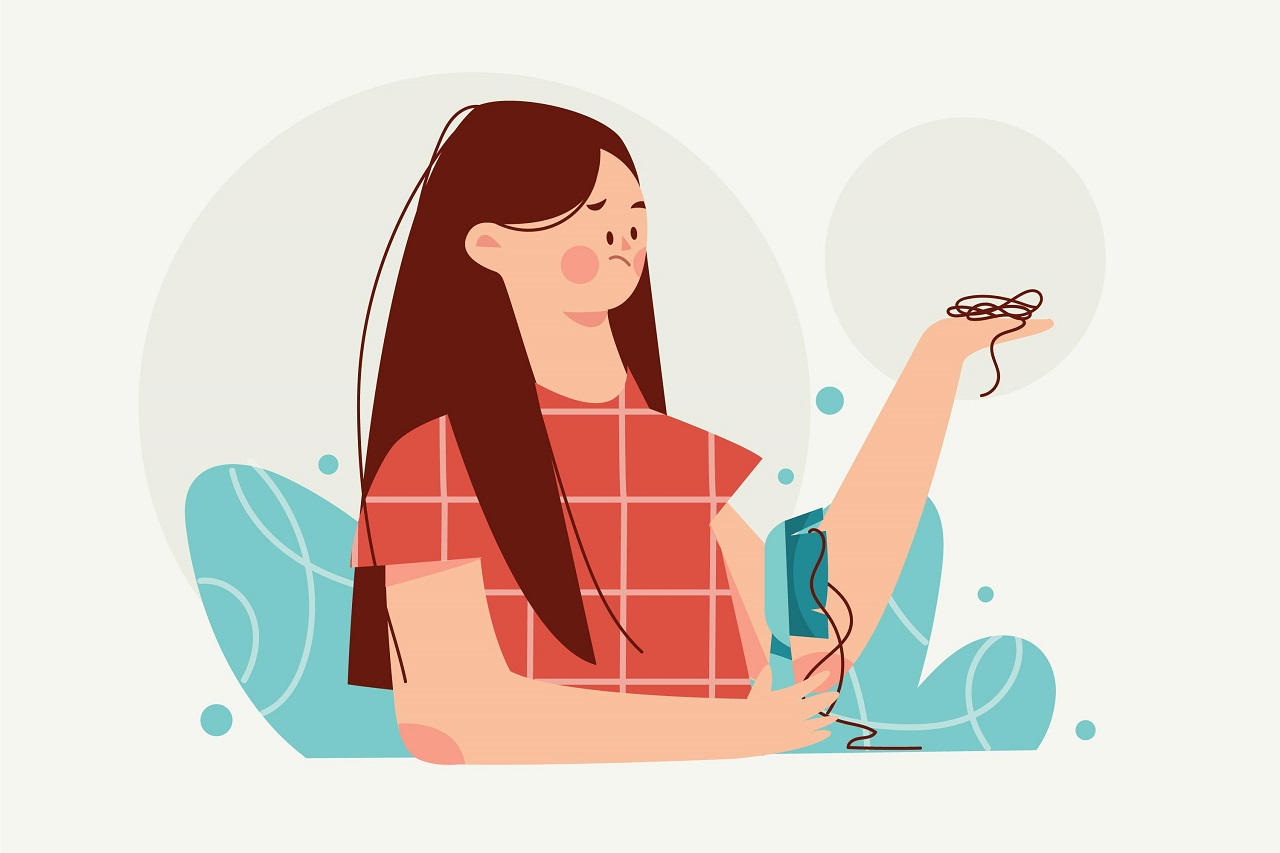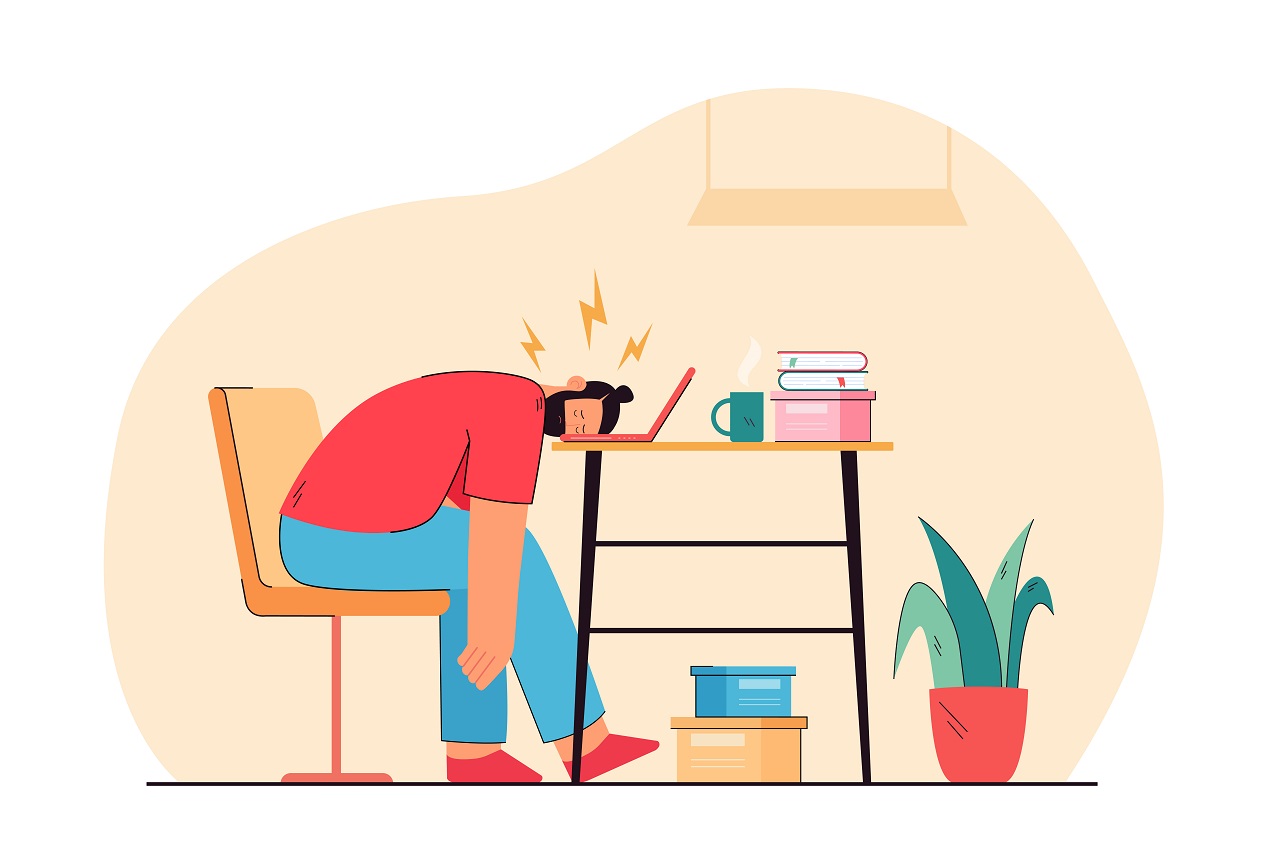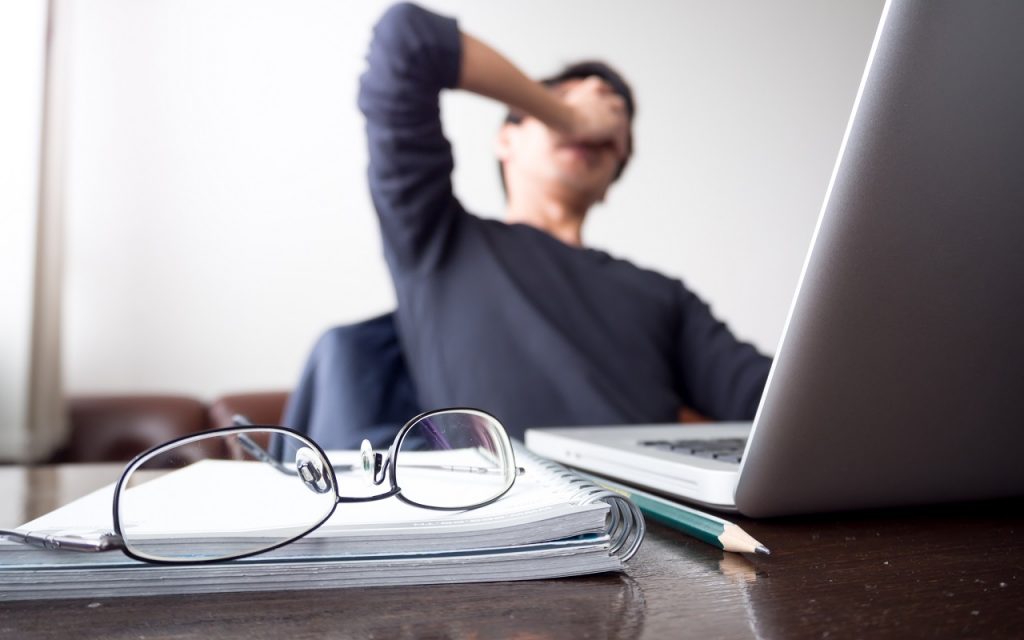 Gaining true, lasting health is all about identifying and healing from the root cause. You can do it, I can do it, and anybody can do it. Today’s changing lifestyle, ever-increasing pollution, adulterated foods and rising stress is silently harming our life in various unknown ways.
Gaining true, lasting health is all about identifying and healing from the root cause. You can do it, I can do it, and anybody can do it. Today’s changing lifestyle, ever-increasing pollution, adulterated foods and rising stress is silently harming our life in various unknown ways.
If you can understand your body and how it works, how disease manifests itself and where it begins, then you can draw a road map towards becoming your own health detective (and your family’s health detective) so that you can empower yourself to live a healthy, thriving life.
How To Be Your Own Health Detective
Here are some pointers that can help you be your own Health Detective!
1. Keep A Check On Your Sleep

If you feel stressed out, sleepy-groggy headed, and/or lack concentration even in your daily chores and work, then this is a clear indication that you are not getting enough sleep! If even after 6-8 hours of adequate sleep, you get up all weak, lost and tired, then that’s a red signal. Stop and analyze what’s causing that.
2. Full Body Check Up
Get a full body check-up done every 6 months. Stand in front of a mirror and check if you have any lumps, or uneven skin tone. If any mole like thing appears bigger than 5mm, or pinkish-brownish discoloration, it’s an indication to fix up an appointment with a dermatologist.
3. Excessive Hair-Fall Is Also A Symptom
 Most of the people see hair-fall as a result of the seasonal change, change of shampoo or oil. Very few know that it could also be an indication of a disease/or a medical condition. Examine your comb regularly. If there is hair-fall appearing more than normal, it could be due to underlying deficiency of iron or thyroid. Also, follow a good hair-care and wash routine.
Most of the people see hair-fall as a result of the seasonal change, change of shampoo or oil. Very few know that it could also be an indication of a disease/or a medical condition. Examine your comb regularly. If there is hair-fall appearing more than normal, it could be due to underlying deficiency of iron or thyroid. Also, follow a good hair-care and wash routine.
4. A Window Of Light Through Your Eyes
Lack of sleep can cause puffiness under the eyes. However, this puffiness goes away with proper sleep and rest. If puffiness appears for a long duration, it could be due to water retention, kidney issues, and indigestion. Do not ignore this and see a doctor.
5. Sudden Increase Or Decrease In Weight
A wave of happiness that comes due to weight loss can become a cause for concern when the reasons for weight loss are not right. It could be due to weight cycling, or a YO-YO effect that usually occurs due to extreme workouts, or diet restrictions or crash diets. If not because of these, a sudden increase or decrease could also be happening because of diabetes, thyroid etc.
6. Tired All The Time?
 It’s normal to feel tired and all sleepy after a long day at work or a long journey. But, if you are feeling lethargic all the time it could be due to an underactive thyroid, which also increases the chances of developing high blood pressure and heart problems. Consult a doctor immediately and get your blood tests done.
It’s normal to feel tired and all sleepy after a long day at work or a long journey. But, if you are feeling lethargic all the time it could be due to an underactive thyroid, which also increases the chances of developing high blood pressure and heart problems. Consult a doctor immediately and get your blood tests done.
7. Frequent Headaches
A headache can happen due to stress, tension, working continuously in front of screens and inadequate sleep. This generally goes away with rest or painkillers. But, if even after this if a headache persists, it could be due to a migraine, cervical issue or spondylitis. Resort to physiotherapy, good posture and regular workout.
8. Take Care Of Your Feet Too
Most of the people don’t pay much attention to feet, because of which they are unable to notice any visible changes happening there. If nails have white spots or have become yellowish in colour, it might be indicative of calcium or hemoglobin deficiency respectively. Persistently cracked heels may be because of low water intake and swollen feet indicate the onset of diabetes. If you feel that your feet remain excessively cold, a thyroid test must be done with doctor’s advice.
9. Teeth And Gums
Bacteria in the mouth are major causes of pain and infection in gums as well as heart-related and lung-related infections too. Conditions related to teeth and gums can also become a reason for pain in shoulders and back. Take extra care to maintain oral hygiene and dental care. A dental check-up every 6 months is advisable.
10. Don’t Ignore Snoring
Snoring in our society isn’t considered abnormal. One snores when there is blockage or difficulty in breathing. Snoring adds to excessive pressure on lungs, and it could also happen because of high blood pressure, which could, in turn, lead to heart ailments. If anyone is suffering from snoring for a long period of time, take responsibility and get their sleep study test and dynamic MRI done with doctor’s advice.
11. Blood Pressure Monitoring
People who have high/low B.P issue should always keep a digital monitor at home. Get your blood pressure checked at regular intervals or if you notice any change in the body. Remember normal blood pressure should be 120/80mm Hg.
12. Cardiovascular Check-Up
People who have crossed 40 years of age, people having heart diseases or high blood pressure should get a complete cardiovascular check-up done. This helps in screening and treatment of risks like heart attack, stroke, etc. in the preliminary stage. Get blood cholesterol levels also checked once every year.
Points To Remember
- Becoming a health detective doesn’t mean that you become an expert or a doctor. Being a health detective only means being alert and responsible for observing and noticing any changes that happen in your body.
- Never take any medicine or administer drugs to others without a prescription or doctor’s advice.
- Today, most people treat themselves by looking up their symptoms on the internet. This is called as ‘Cyberchondria’. Please do not do this as you can go wrong with your diagnosis.
- Do not blindly believe any information given on the web, as not all of this information is trustworthy.
We hope this article helps you become your own health detective. If this information helped you, let us know your thoughts in the comments below!
You can browse more articles like this here. To get more tips and guidance, speak to a GOQii Coach for lifestyle modifications suited to your health goals. You can subscribe for Personalised Health Coaching here.
#BeTheForce
 Many of my players suffer from eye stress and strain due to excessive small screen time. With most of us using computers and cellphones at work, eye strain has become a major health issue. Research has shown that eye strain and stress issues occur in around 70-80% of people using computers at the workplace. Feeling fatigued, mistakes while working, watery eyes, twitching, and redness in eyes, constant headache, and irritability are some common issues that people face due to eye strain. It’s a growing need to cope with and manage eye stress and strain.
Many of my players suffer from eye stress and strain due to excessive small screen time. With most of us using computers and cellphones at work, eye strain has become a major health issue. Research has shown that eye strain and stress issues occur in around 70-80% of people using computers at the workplace. Feeling fatigued, mistakes while working, watery eyes, twitching, and redness in eyes, constant headache, and irritability are some common issues that people face due to eye strain. It’s a growing need to cope with and manage eye stress and strain.
 Tea is considered to be the 2nd most popular drink after water. An article in National Geography dated April 2014, reiterates this statement. According to the article, the world’s top beverage is not Coffee or Beer, its Tea. And a perfect start to the day is with a good cup of Tea.
Tea is considered to be the 2nd most popular drink after water. An article in National Geography dated April 2014, reiterates this statement. According to the article, the world’s top beverage is not Coffee or Beer, its Tea. And a perfect start to the day is with a good cup of Tea.


